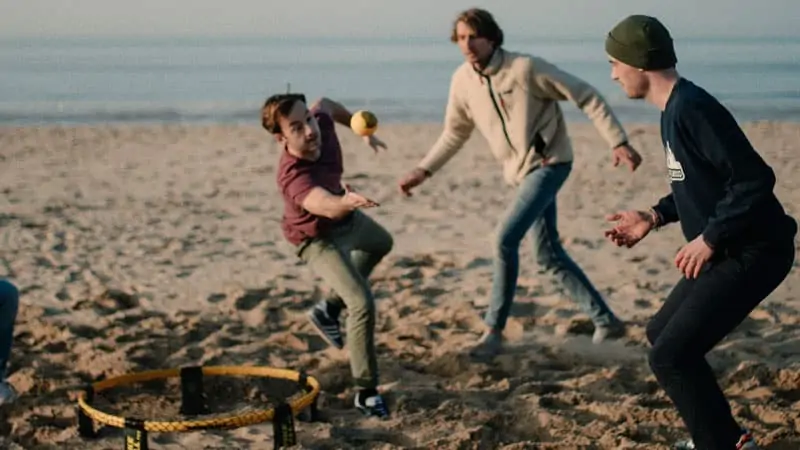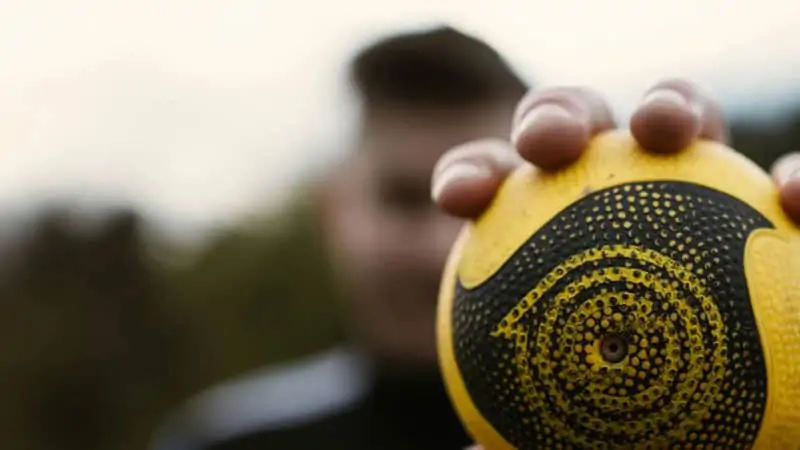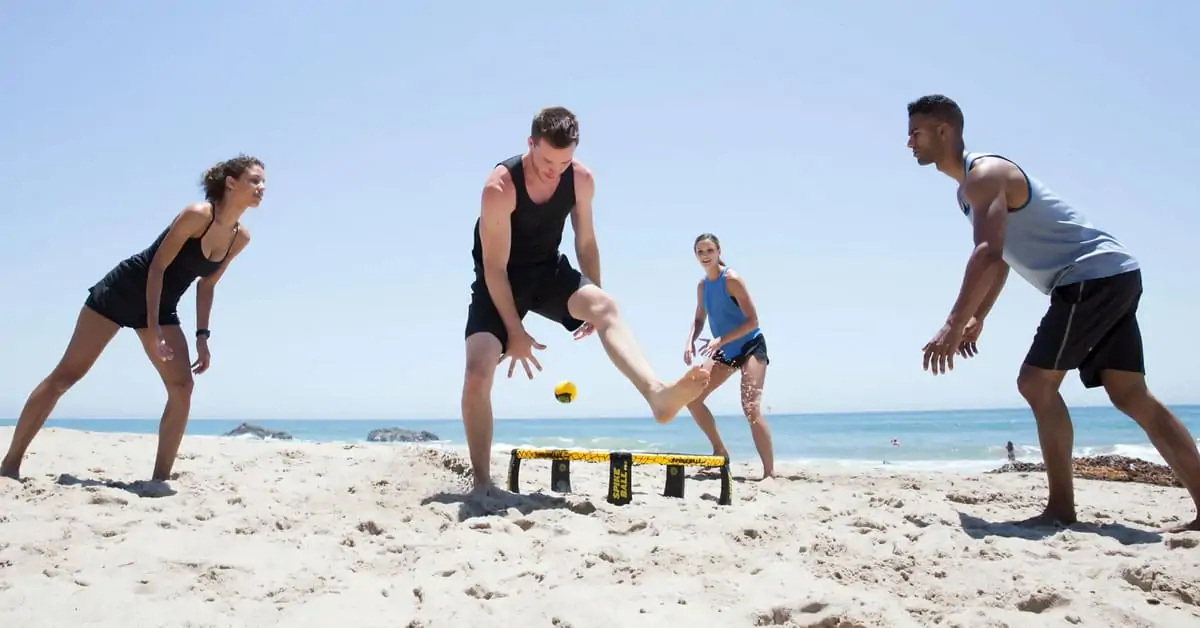Roundnet, commercially called Spikeball, is one of the new sports that’s fast gaining a lot of popularity across the world today. The game was invented in 1989 by Jeff Knurek. However, it started gaining popularity after Chris Ruder, the CEO of Spikeball Inc., revitalized and remodified the sport.
Spikeball is a physical sport primarily designed to be played by two teams with two players each. During the game, the teams will play both defensively and offensively. Here’s what I mean; when a team is playing offensively, the opposing team is expected to play as a defensive team and vice versa.
When playing the Spikeball game, there are several different defensive strategies that you can use. There’s a “short/long approach,” where one of you will run “short” while the other will take “long.” Also, you can always use your body as a wall to block hits from the opposing team. You can also use a split defense technique.
What is the best way to practice your defense? What is the best approach to play defense in spikeball? How exactly do you know where to cover in defense? How far from the net should you be in defense? You’ll find the answers to these burning questions as you read through the rest of this article.
How exactly do you practice defense in Spikeball?

Spikeball is an interesting game to play. The game, which utilizes the concept of volleyball and four square, provides its players with tons of workouts and fun. According to experts, one of the best ways to become better at playing the game is by practicing.
As earlier mentioned, in Spikeball, you and your partner will have to play both defensively and offensively. Here’s how the game works; you’ll have to start a point serve. At this point, the opposing team will act as the defensive team. If the opposing team is the one starting the point service, you’ll have to start as the defensive team.
That said, it’s essential to learn how to play defense in Spikeball. To practice defense with your partner, you need to start by understanding the basic elements of defense in Spikeball. These are anticipation and positioning.
Elements of defense in Spikeball
For you to be better at playing defense in Spikeball, you need to get familiar with and understand what these two elements; anticipation and positioning, means. Speaking of anticipation in Spikeball, it involves reading what is going on during a point serve. The benefit of this approach is that it allows you to have a better prediction of what is going to happen.
The second element, positioning in Spikeball, doesn’t happen until anticipation occurs. What that means is that positioning comes after you might have successfully predicted what is going to happen after the opponent hits the ball.
How do you anticipate and position yourself when practicing defense in Spikeball?
For you to practice defense, you need to first anticipate, this involves studying your opponent’s strike to predict where the ball is coming to. But here’s a quick question, what is the best way to anticipate the hit?
To anticipate, there are three different questions that you need to ask yourself:
- First, you need to ask yourself whether or not your opponent can hit the ball on the net?
- If at all your opponent will be successful at striking the ball against the net, where will the ball go?
- Lastly, you need to ask yourself what type of shot your opponents will likely hit?
With these three questions above, you can always anticipate where the ball is coming to during a point serve.
As you now know, after anticipation comes positioning yourself to defend the ball. So, the question is; what are the best ways to position yourself to defend a strike in Spikeball?
Well, there are two things that you need to do when trying to position yourself for a hit in Spikeball. Everything involves having critical reasoning after anticipating the hit.
- First, you need to keep focus and ensure you move only to the spot where you think or predict your opponents can hit it.
- In addition to that, you need to keep yourself in an athletic stance while your opponent hits the ball.
In case you don’t know, being in an athletic stance is the process of staying in a standing position. This approach will enable you to get the best out of your strength, power, or speed in the direction you think your opponent can hit the ball.
How do you play defense in Spikeball?

Here’s another burning question, what are the best ways to play defense in Spikeball?
There are several different ways to play defense in Spikeball. However, the strategy you’ll use should depend on what you and your partner decide on.
For instance, both of you can always decide to use the 180 degrees approach. This defensive technique requires you and your partner to stay about 180 degrees away from each other. The benefit of this strategy is that it’ll allow you to cover more grounds during play.
Apart from staying 180 degrees away from each other, you can always use the short/long approach of defending when playing the game of Spikeball. This technique is what many people use, it requires you to take “short” while your partner runs “long.”
Furthermore, in Spikeball defense, you may also decide to anticipate and predict where the ball is going. After that, use a split defense strategy to position yourself. It’s pretty simple; you and your partner will have to stand at each side where you think the ball will go.
How do you know where to cover in defense?
When trying to play defense in Spikeball, the best way to understand where to cover is by using the two elements, which I mentioned earlier; anticipation and positioning. All you need to do is ask yourself a few questions and predict where the ball is going. After that, take a split defense and go exactly where the ball will likely hit.
How far from the net should you be in defense?
To begin a Spikeball game, the opposing team is expected to make a point serve. After that, one of you is expected to stand as the defender or receiver. As the receiver, you are allowed to stand at any point relative to the net. However, your partner and the other opposing team player are expected to stand at least 6 feet away from the net until the ball is served.

